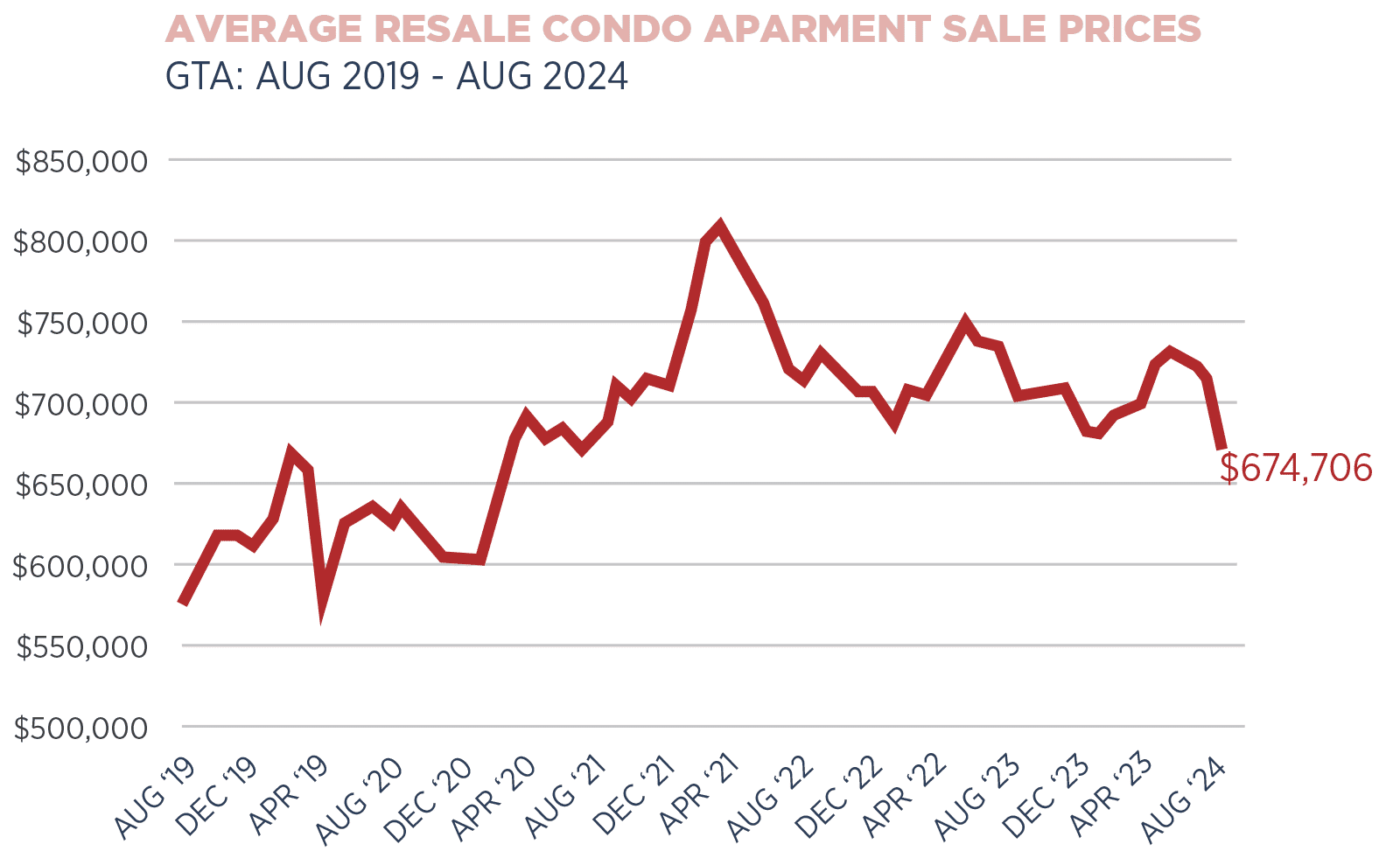HOUSING MARKET
 The momentum seen in the latter half of August, driven by the anticipation of interest rate cuts, continued into September. The interest rate reduction served as another sign that the market is projected to improve. Many buyers and sellers are now focused on the fall market, traditionally considered the second-best time of the year for real estate, as they aim to finalize their moves before the holidays.
The momentum seen in the latter half of August, driven by the anticipation of interest rate cuts, continued into September. The interest rate reduction served as another sign that the market is projected to improve. Many buyers and sellers are now focused on the fall market, traditionally considered the second-best time of the year for real estate, as they aim to finalize their moves before the holidays.
This shift is reflected in the increase in activity. Home sales rose by 8.5% year-over-year, with 4,996 homes sold. Recent government measures, such as extending mortgage amortizations to 30 years and increasing the insured mortgage cap from $1 million to $1.5 million, have contributed positively. These policies provide buyers with more incentives to reenter the market, while allowing existing mortgage holders to shop around for better rates without being limited by a stress test, thus facilitating more affordable renewals. These announcements, combined with the September rate cut and expectations of deeper cuts in the coming months, are changing the sentiment and outlook toward real estate purchases.

While inventory levels grew by 10.5% compared to last year, buyer interest also surged, with many taking the time to educate themselves and place offers. In some neighborhoods, homes even received multiple offers—an occurrence not seen in the past year. It seems the market has reached its floor, with values stabilizing and little expectation for further significant declines. Sellers are holding firm on prices, anticipating that future rate cuts will bring more buyers off the sidelines and into the market.

CONDO MARKET
The condominium market, however, remained firmly in buyer's market territory, especially for investor-sized units. Sales volumes dropped by 11.4% year over year with buyers continuing to exercise caution. Mid-rise and boutique condominiums are performing better than high-rise units. The price gap between new and resale condominiums has widened, with the resale market providing the most opportunity and expected to see increased activity and absorption first.
Builders of new condos, facing significant development charges and HST accounting for over 40% of the unit's value, will remain in a challenging position until they work through existing inventory and resale market strengthens and values rise.

